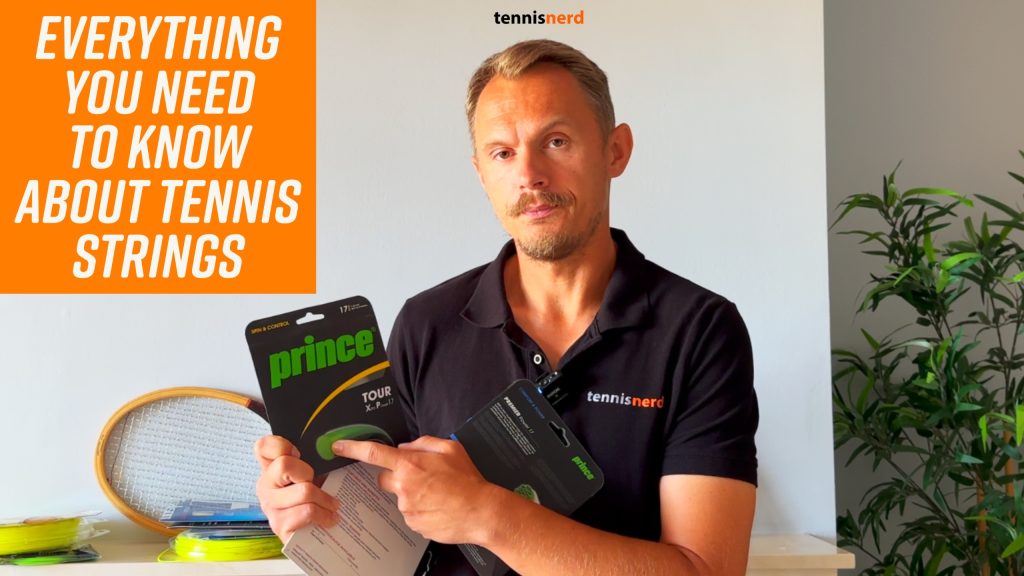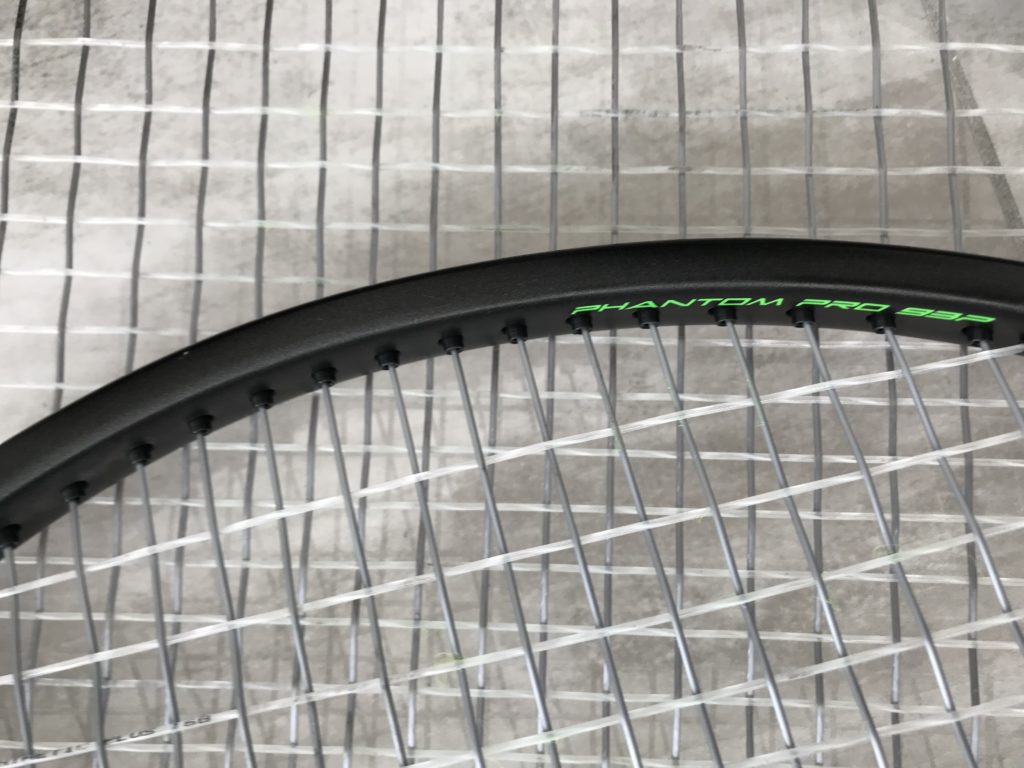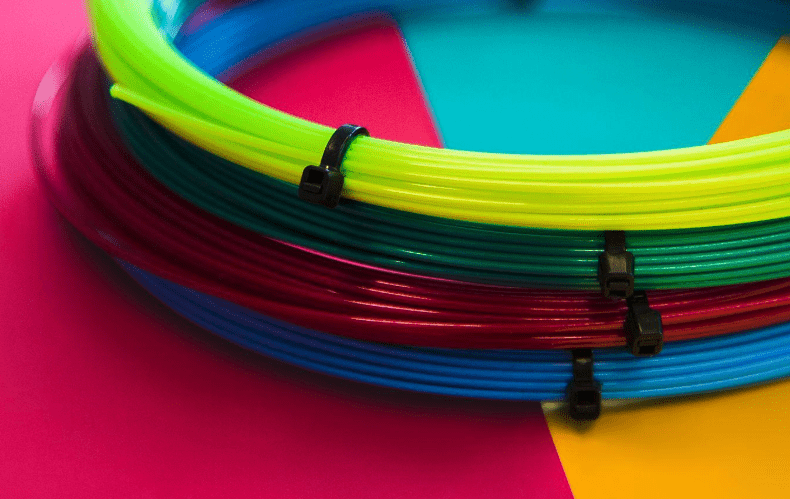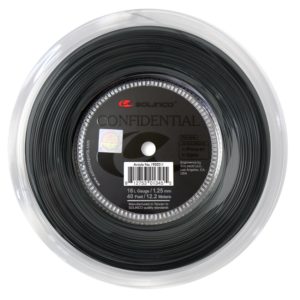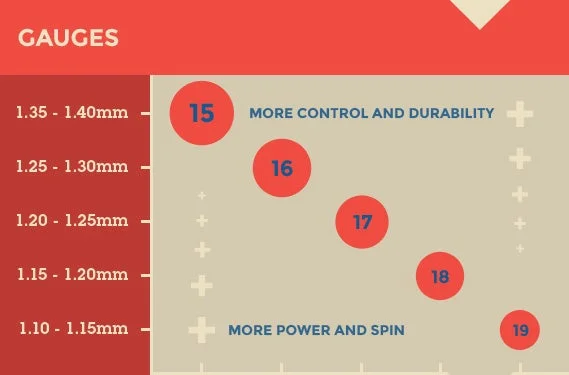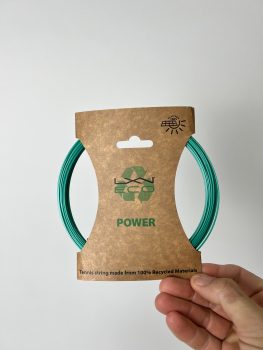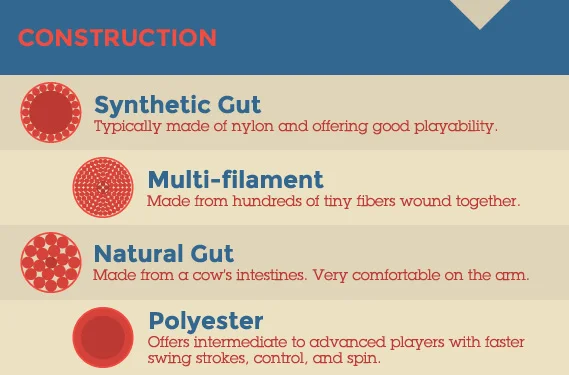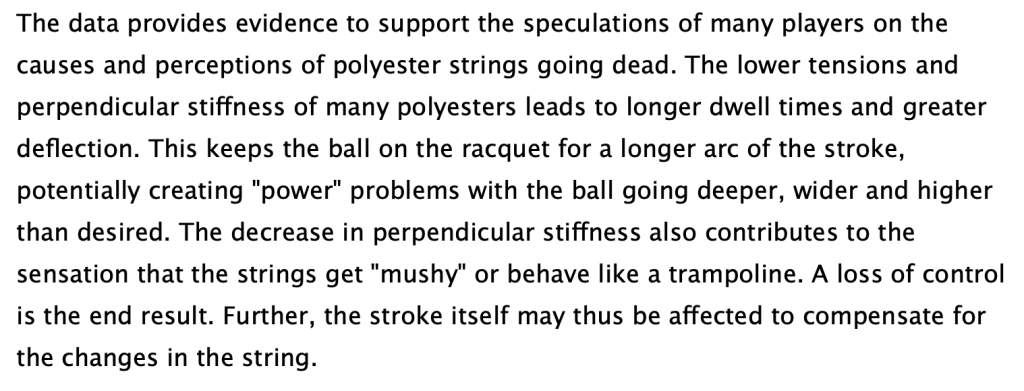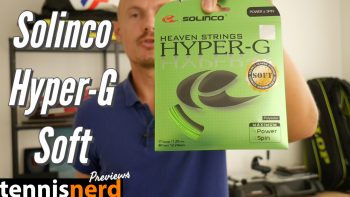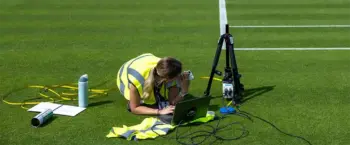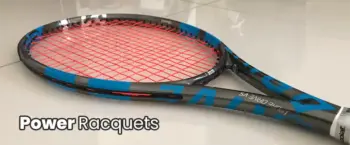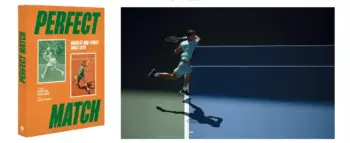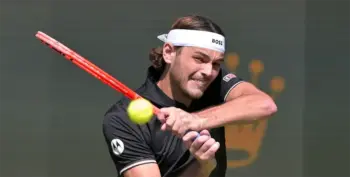I have made lots of content about strings in the past, but I wanted to compile it into one. Here is everything you need to know about tennis strings.
Well, let’s call it everything you need to know about tennis strings (almost). I don’t have the ego to say it’s everything you need to know, but I try to compile as much info as I could within the 17 minutes of the video.
Everything you need to know about tennis strings (almost)
You can watch the video here. Let’s have a look at the timestamps below.
Timestamps
00:00 Intro
00:34 Beginners should use
00:48 Pros use polyesters or hybrids
01:58 Polyester strings
03:12 The color of the string makes a difference
04:01 The key factors of a string
04:08 Tension
05:03 Gauges
05:34 Tension maintenance
06:27 Multifilament or poly
07:18 Colors
08:09 Sets or reels
08:19 Tennis and sustainability
08:35 String pricing
09:08 How polyester strings changed the game
10:13 A deeper look at multifilament strings
11:13 Polyester strings go dead
11:59 Hybrid setups
12:34 You can hybrid poly and poly
13:09 Checking your tension
13:40 Going from multi to poly
13:49 Softer polyester strings
14:20 Stiffer string recommendations
14:37 The string market is more confusing than ever
15:20 If you find something you like…
16:00 Some of my favorite strings
Beginners
In my opinion, beginners should use multifilament, gut or synthetic gut strings. There is no need to go for polyester strings until you can put a lot of topspin on the ball and play extended rallies. Read this article if you wonder about racquets for beginners or more detailed strings for beginners. Click the links to read.
Hybrid string setups
Many pros like hybrid string setups, and for a good reason. Pairing two different strings can create an optimal effect, depending on your wants. You can pair two poly strings like for example Musetti or Ruud, or pair gut and poly like Djokovic, Federer or Murray.
The color of the strings
It might sound silly, but it is true in my experience. The brighter the color, the livelier the response. The darker the color, the more controlled the response.
Sets or reels?
A set is a great way to test if a string is for you. It can cost anything between 5-20 euro. But if you have a string you like, buying a reel is more cost-effective, which usually costs between 50-200 euro. You can check out their huge selection of strings from our partners at Tennis Warehouse, Tennis Warehouse Europe and Tennis Only.
Gauges
The thickness of the gauge affects control, comfort, durability and power. The thicker the string, the better durability and control, and the thinner the string, the better comfort and power.
Sustainability
Tennis is not the most eco-friendly sport. Balls are generally pretty bad for sustainability and strings are not much better. However, we are seeing some movement towards recycled strings like the Luxilon Eco Power string.
How polyester strings changed the game
Luxilon Big Banger was introduced in 1997 and Guga Kuerten used the string to win the French Open. That was the start of a more spin-oriented game where players could swing fast and the ball would still dip in, thanks to the snapback and spin potential.
Multifilament strings
Multifilament strings are great for players looking for comfort and power, but less good if you want spin and control. There are many excellent multifilament strings out there. In this post and video, you will find some tips. Excellent multifilament strings are HEAD Velocity MLT, Tecnifibre Triax and Tecnifibre X-One Bi-Phase, Yonex Rexis, Babolat Xcel and Wilson NXT.
Polyester strings go dead
They might seem like they last forever, but what happens is that they lose their elasticity. That is why you should be careful to leave your string in the racquet too long. You don’t get the spin and control properties that are usually associated with poly strings when they’ve been in the racquet too long.
Tension maintenance
One important aspect of tennis strings is maintaining tension. Strings that drop fast can be erratic and unpredictable and require frequent restringing.
Natural gut has the best tension maintenance, multifilament is second and polyester strings drop tension faster.
But tension maintenance differs greatly between poly strings.
Going from multifilaments to polyesters
If you want to get more spin and control and you are playing with a multifilament string, you might want to consider switching to a softer poly string. Good examples of softer polyesters are Solinco Hyper G Soft, Volkl Cyclone Tour, Wilson Revolve Spin, Yonex Poly Tour Pro, Luxilon Alu Power Soft, etc.
Stiffer string recommendations
If you want maximum control and dependability, there are some classics and newer strings to consider: HEAD Lynx Tour, Babolat RPM Blast, Luxilon 4G, Solinco Hyper-G and Tour Bite, Tecnifibre Razor Code. The issue is the comfort and power, so avoid stringing these strings too high in tension (55 lbs or above can be seen as a high tension, but it also depends on the racquets).
Final words
Don’t overthink your choice of strings. When you find something you like that doesn’t hurt your arm, you can just stick to it. Buy a reel or two and focus on your tennis. That tends to be my advice for gear in general. For personal help, check out the Tennisnerd courses, books or consultations.
